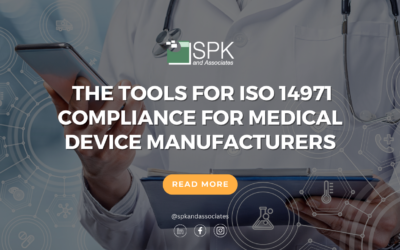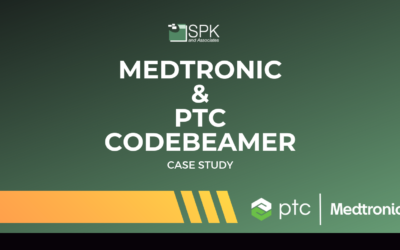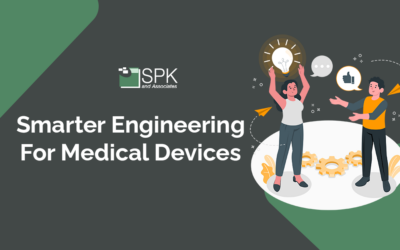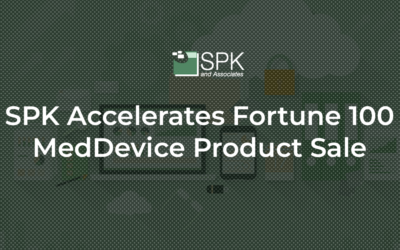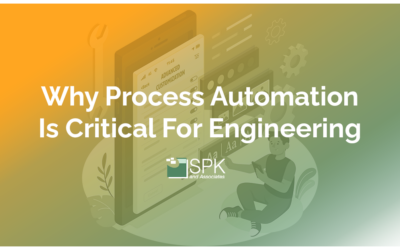Today, we're covering an important discussion led by our Vice President of Sales and Marketing, Michael Roberts to discuss the intersection of FDA regulations and medical device cybersecurity. You can watch the video to get insights in to the full discussion, or check...
Medical Device Engineering
The Tools For ISO 14971 Compliance for Medical Device Manufacturers
The journey from concept to market-ready medical device is no easy feat. The regulatory economy, development and legislation is intricate. Understandably, compliance with standards is non-negotiable to ensure the safety and efficacy of medical devices. One such...
Highlights from MasterControl Summit 2023
The MasterControl Summit 2023 was an event serving as a hub for professionals, experts, and thought leaders in quality management and regulatory compliance. It offers a platform for knowledge sharing, industry trends, innovation and best practices. Additionally it...
Best Practices for Successful eQMS Implementation
Are you a medical device manufacturer seeking to overcome the challenges of your current quality management? Let me help you show you the light. In this blog, we will show you the advantages of adopting an Enterprise Quality Management System (eQMS). Better yet, one...
10 Reasons To Use Greenlight Guru eQMS for Medical Device Development
Medical device companies face complex quality management challenges and strict regulatory requirements. An electronic quality management system (eQMS) like Greenlight Guru, can help companies ensure compliance, improve efficiency, facilitate collaboration, and scale...
Medtronic & PTC Codebeamer Case Study
The Neuromodulation department of Medtronic is a global leader in medical technology. Recently, they implemented codeBeamer ALM to overcome issues. These were issues that their previous software ecosystem wasn’t able to efficiently address. The organization aimed to...
What is CodeBeamer and CodeBeamer X?
In April 2022, PTC acquired Intland Software, the maker of CodeBeamer and CodeBeamer X. Codebeamer is an excellent tool for global leaders and innovators in regulated industries like Medical Devices. Its core purpose is to simplify product engineering and assist in...
Smarter Engineering For Medical Devices
Medical devices are subject to some of the strictest design controls and regulations in the world. And for good reason. U.S. medical devices are governed by the Food and Drug Administration (FDA). In order to meet the high standards, teams must communicate -...
SPK Accelerates Fortune 100 MedDevice Product Sale
Our client is Fortune 100 Medical Device manufacturer. SPKAA acts as a product cybersecurity managed service provider for their hospital products which have embedded Windows or Windows OS. Fortune 100 MedDevice Problem For over 10 years, SPK has provided ongoing...
SPK and Associates Partners with Greenlight Guru
Accelerating Product Development to Improve Patient Outcomes SPK and Associates, a leading woman-owned technology consulting company, today announced its partnership with Greenlight Guru, pioneer of the only dedicated Medical Device Success Platform (MDSP) to...
How To Complete Computer Systems Validation (FDA)
What is Computer Systems Validation (CSV)? Additionally, why does the Food & Drug Administration (FDA) require them for the Medical Device industry? More importantly, how can CSVs be efficiently completed and managed? Let’s explore why you can’t skip that...
Why Process Automation Is Critical For Engineering
Process automation releases your engineers for the work their brains are intended for. That work is creativity and problem-solving. By implementing process automation, you improve the team’s morale. Firstly, they get more focus time for deep work and designing better...



